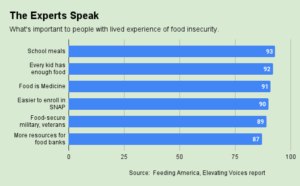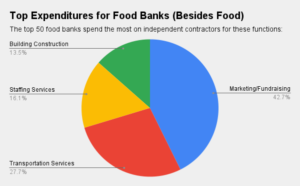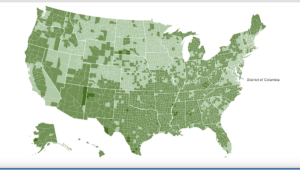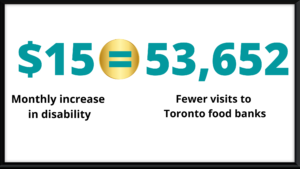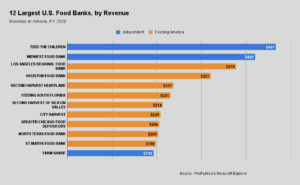As the third largest federal nutrition program, WIC receives more funding than the School Breakfast Program, but about half as much as National School Lunch. The $5.6 billion it got in 2017 is about one-twelfth the amount used up by SNAP, the largest program. Though WIC enjoys bipartisan support in Congress for its effectiveness in promoting the birth of healthy babies, participation in the program has been waning in recent years.
The Special Supplemental Nutrition Program for Women Infants and Children, as it is formally known, provides healthy food to women and their children, as well as nutrition education, breastfeeding support and access to health services. From its modest start in 1974, when it reached less than 100,000 people, the program has grown to reach 7.3 million in 2017. That amount, however, represented a decline of about 5% from a year earlier, and the seventh consecutive fiscal year that participation fell.
Lower participation may reflect the improving economy, since fewer people are eligible for aid as the economy gets better. Indeed, participation in WIC peaked at about 9 million monthly during the recession of 2008-2009, and has been falling ever since. Slowing U.S. birth rates may also be a contributor, since only women who are pregnant, who have just given birth or who are breastfeeding, are eligible for WIC, as well as infants and children up to age five.
These factors may not tell the whole story, however. WIC requires effort on the part of recipients since federal rules require that participants come in person to a clinic for certification or counseling at least once every six months, a schedule that could prove onerous for people who work or have transportation challenges. In addition, participants in many states still must use paper vouchers when purchasing WIC-approved food at the supermarket, a cumbersome practice that can draw unwanted attention at the checkout line. Relief on this front is expected by 2020 when all states will be required to dispense WIC benefits through a debit-like card.
WIC relies on Congress to fund it every year through its appropriations process, an annual event that can sometimes introduce uncertainty about the level of WIC funding that will be approved. The process also requires WIC to work within its designated budget to serve as many qualified individuals as it can. (SNAP, in contrast, is an entitlement, meaning it must automatically provide benefits to anyone who qualifies under the terms of the prevailing farm bill, which governs SNAP.)
One way that WIC keeps costs within its allotted budget is through a competitive bidding process for infant formula. While WIC supports breastfeeding as optimal for infants, it recognizes that many women do not rely on it exclusively for a variety of reasons. Under the bidding process, manufacturers compete to be the sole provider of infant formula in each state by offering competitive rebates. The contest saves the federal government $1.3 billion to $2 billion annually, allowing it to serve about two million more WIC participants every year than it otherwise could, according to the Center on Budget and Policy Priorities.
Though a relatively stable program widely considered to be successful, WIC likely has room to ease the administrative burdens of the program and reach more eligible participants.

